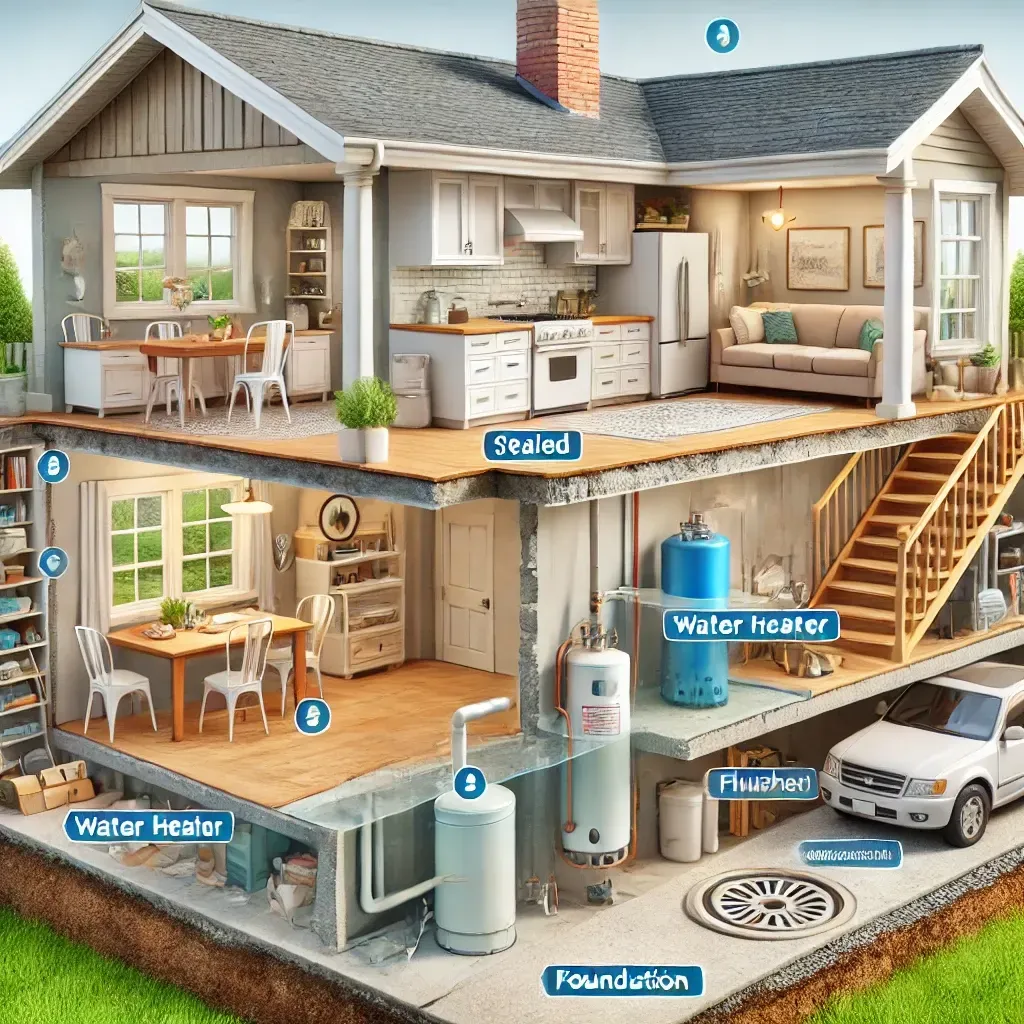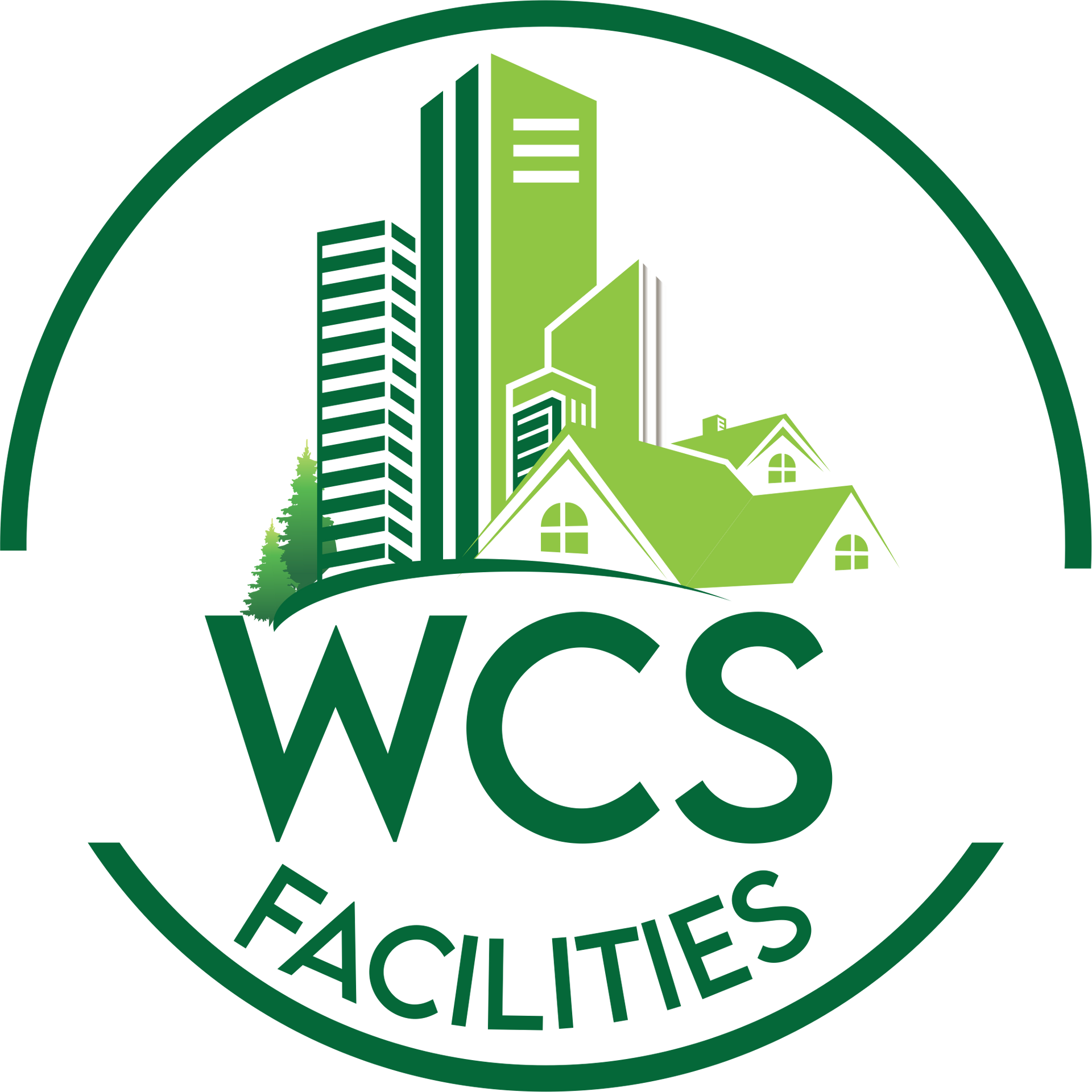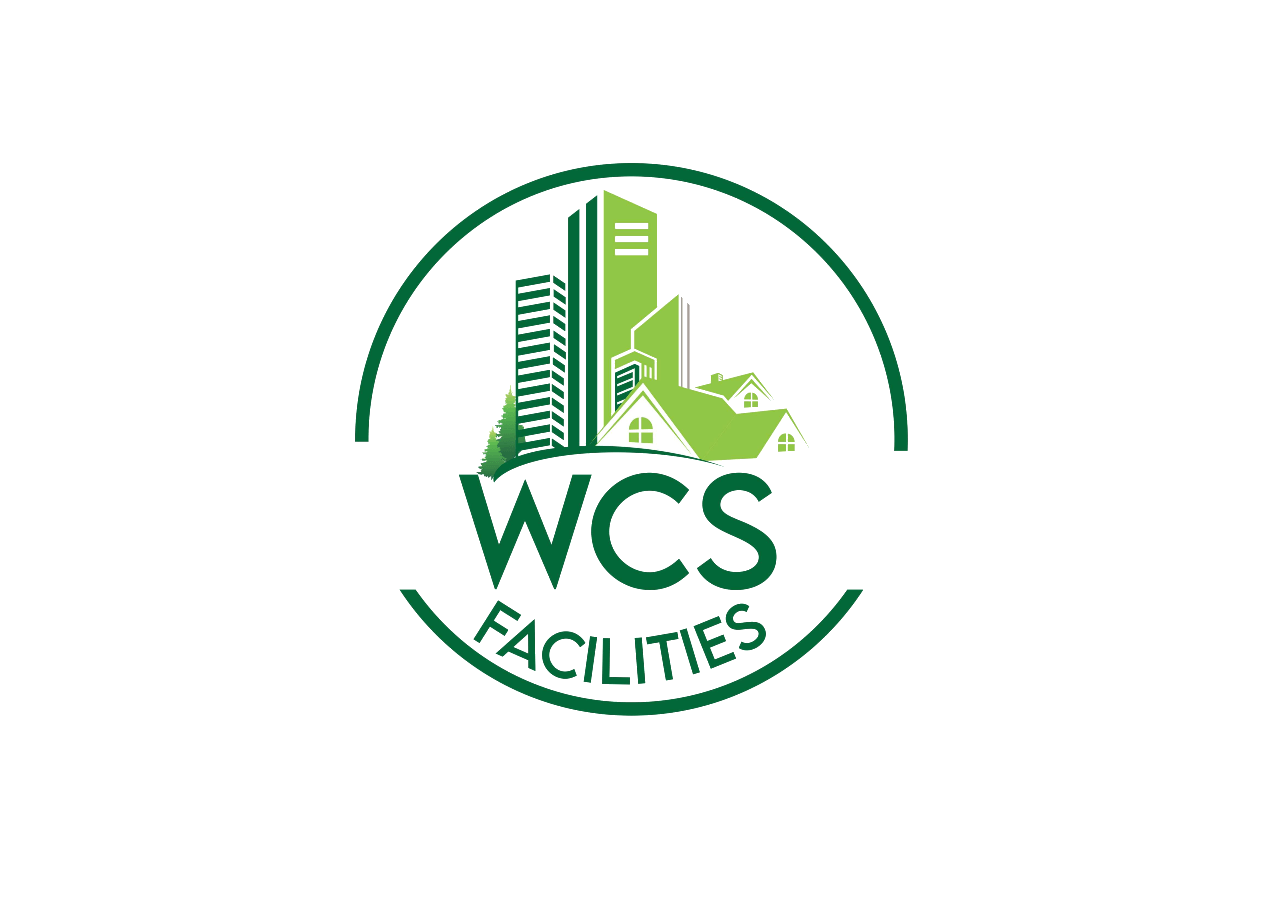Streamlining Waste Management: A Guide to Setting Up Trash Service at Your Home
In the realm of household management, ensuring efficient waste disposal is paramount. Every household generates a significant amount of trash, from kitchen scraps to packaging materials. Having reliable trash service is essential to maintain cleanliness, hygiene, and environmental responsibility. If you're new to an area or simply looking to set up trash service for the first time, this comprehensive guide will walk you through the process step by step.
Understanding Your Needs
Before diving into the logistics of setting up trash service, take some time to assess your household's waste disposal needs. Consider factors such as:
- Frequency of Waste Generation: Evaluate how much trash your household generates weekly. This will help determine the appropriate bin size and pickup schedule.
- Types of Waste: Different waste management companies may have specific guidelines for handling various kinds of waste, such as recyclables, organic materials, and hazardous substances. Know what types of waste you need to dispose of regularly.
- Local Regulations: Familiarize yourself with local regulations or ordinances regarding waste disposal, recycling requirements, and collection schedules. This information can typically be found on your city or municipality's website or by contacting local authorities.
Waste Management Providers
Once you clearly understand your waste disposal needs, it's time to research waste management providers in your area. Consider the following factors when evaluating potential service providers:
- Service Coverage: Determine which waste management companies operate in your area and whether they serve residential customers.
- Services Offered: Explore the range of services offered by each provider, including trash collection, recycling, yard waste disposal, and bulk item pickup.
- Cost and Pricing Structure: Compare pricing plans and fee structures offered by different providers. Some companies may charge a flat monthly fee, while others may bill based on the size of your bin or the pickup frequency.
- Customer Reviews and Reputation: Look for customer reviews and testimonials to gauge the reliability and quality of each company's service.

Initiating Service Setup
Once you've chosen a waste management provider that meets your needs, initiating service setup is straightforward. Follow these steps to get started:
- Contact the Provider: Contact the waste management company by phone or through their website to inquire about setting up service at your address.
- Provide Relevant Information: Be prepared to provide the following information:
- Your name and contact information
- The address where the service will be provided
- Any specific instructions or preferences regarding pickup location or scheduling
- Select Service Plan: Choose the service plan that best aligns with your waste disposal needs, including bin size, pickup frequency, and additional services required.
- Schedule Delivery of Trash Bins: If necessary, arrange to deliver trash bins or containers to your property. Ensure the bins are appropriately sized to accommodate your household's waste volume.
- Review Terms and Conditions**: Take the time to review the provider's terms and conditions, including policies on billing, cancellation, and service modifications.

Managing Your Trash Service
Once your trash service is set up, maintaining smooth operations is critical. Here are some tips for effectively managing your trash service:
- Follow Collection Guidelines: Adhere to the provider's guidelines for waste separation, recycling, and proper bin placement. Improperly sorted or contaminated bins may result in service disruptions or additional fees.
- Monitor Service Performance: Keep track of the reliability and consistency of your trash pickup service. Report any missed pickups or service issues to the provider promptly.
- Adjust Service as Needed: Periodically reassess your waste disposal needs and adjust your service plan accordingly. You may need to modify your bin size or pickup frequency as your household's habits change.
- Stay informed about any updates or changes to local waste management regulations or services. This will help ensure compliance and smooth operation of your trash service.
Setting up trash service at your home can be a manageable task. By understanding your needs, researching providers, and following the necessary steps to initiate service, you can establish a reliable waste management system that meets your household's requirements. With proper planning and management, you can contribute to a cleaner, healthier environment while enjoying the convenience of efficient trash disposal.
Transform Your Approach to Waste Management With WCS Facilities Management
Partnering with WCS Facilities Management means gaining access to cutting-edge technologies and personalized strategies. We'll work closely with your team to develop a comprehensive waste management plan that aligns with your goals and budget.
Don't settle for outdated waste management practices. Let's pave the way for a greener future together. Contact us today to discover how WCS Facilities Management can revolutionize your waste management processes and make a positive impact on your bottom line and the planet.
You might also like




